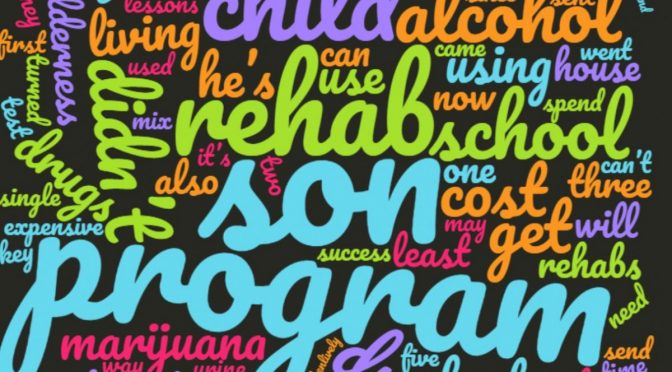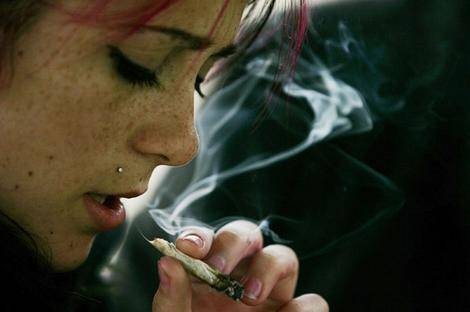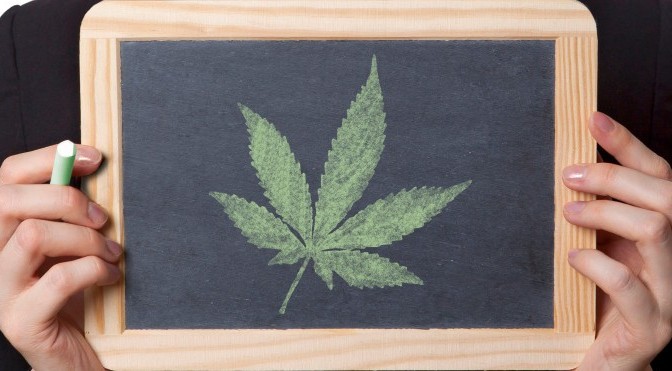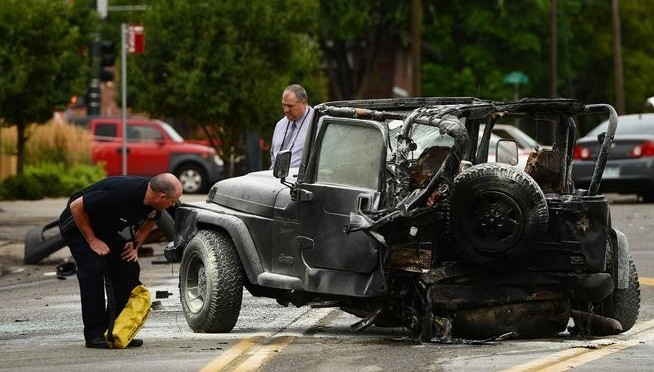3 Tips for Finding a Rehab for Your Teenager
by Julie Knight
If you think your teen’s pot use is no big deal, you may be very wrong. You may need to prepare yourself for the long-term recovery from drugs.
Over the past three years, I’ve struggled to find a rehab with counselors who could convince my teenage son that using marijuana two or three times a day is damaging his developing brain.
“It’s just marijuana,” he told me when he was 15-years-old. By the time he turned 16, he’d escalated to dabs, one of the most intense concentrates of marijuana, OxyContin and cocaine. He would drink alcohol until he blacked out.
A friend his age died after ingesting the same lethal mix of OxyContin and alcohol that my son was experimenting with.
I’ve sent my son to five residential rehabs for drug addiction. He’s relapsed after each rehab within a few weeks. When he turned 18, I offered to send him to sober living or said he’d have to live on his own. He’s living on his own now. I know he’s still using marijuana and alcohol. I’m not sure what else.
I’ve been asked to share some of my lessons learned. Here are my top three tips.
- Understand that the best program is probably going to be a long-term solution: short-term residential rehab followed by a long-term boarding school or after care program. As hard as it is to fathom giving up your child for up to a year, it’s so much easier than trying to stay two steps ahead of a drug- or alcohol-addicted child who is a mastermind of deceit.
The purpose of a short-term (30- to 90-day) residential rehab is just to get your child to wake up to the fact that drug or alcohol use might not be leading him or her on a path to success or wellness. The goal is to uncover the factors driving their use and offering tools to cope with those issues.
Prepare for sticker shock. That program can cost anywhere from $2K or $3K up to $50K+ for just one month.
The catch? After you spend that boat load of money for residential rehab, you’re not done. Then they tell you, “Oh, by the way, now you need to send your child to an ‘after’ program and that program has to be at least 6-12 months, so mortgage your house again because that will cost you at least $80K for a good program.”
What? You don’t have a house or an extra $80K stuffed in your mattress? Good luck.
- Get over the cost. Find any way you can to pay because that “after” program is the key to your child’s success. Don’t make the mistake I did by skipping it.
It should be a program where your child has no access to outside influences. Bringing a child home and trying to manage the process with outpatient counseling doesn’t work. At least not for my son.
My son fooled us all with his “miracle” recovery in his first wilderness program. He seemed transformed while safely tucked away in the mountains of Southern Utah. But he relapsed within a week of returning home, though it took me several months to discover this.
When my son came home the first time, I signed him up for outpatient counseling and sent him to a presumably “drug free” private school to get him away from his drug friends. I tested him for drugs but he figured out how to cheat the urine test. He also started using alcohol heavily since that didn’t show up in the urine test.
He met a boy at the “drug free” private school who introduced him to OxyContin, the pill form of heroin.
I didn’t think I could afford a 10-month boarding school / after program for my son because it was so expensive. Where was I going to get $80K? But turns out I went on to spend more than that with various other, shorter-term rehabs that didn’t work.
- Find an expert to help you find an appropriate rehab for your child. I used David Heckenlively in Walnut Creek. He did a great job of counseling me to find the best rehab for my son, a program called Open Sky Wilderness. Even though my son relapsed soon after returning from wilderness, I truly believe he learned valuable lessons there that influence him today in positive ways. It was one of the better programs my son went to, and it taught me a lot about how to parent a drug-addicted child.
In retrospect, I wish I’d listened to the advice that a longer-term boarding school is recommended after residential rehab. Not all teenagers will relapse and get into harder drugs like my son did but many will.
I was a single mom paying for all this myself. I didn’t have a house or relatives to help. I didn’t think I could afford a more expensive after program. But I later learned I could use my retirement money since this was a health-related expense. I could also borrow against my 401(k).
I also used Denials Management, which helped recover a portion of the cost of the wilderness program. A refund of about $10K came to me after about eight months of fighting the system. That was the best Christmas gift ever.
I believe all the counseling my son has received has helped him understand a few key concepts. He knows he can’t try meth, even once. He knows he can’t mix drugs and alcohol.
When I kicked him out, he could have moved to be closer to his drug-using friends but didn’t. He’s living 30 minutes from me in Sacramento. Thanks to all the counseling, he knows how much I love him. He visits often.
I think he’s using more moderately now because he’s able to work full-time and he’s finishing school. But I know it’s a progressive disease. I have to enjoy every hug I get while I can.
The cost of the five residential rehabs totaled more than a year’s salary. I drained my retirement fund to save my son. I’d do it again. For all I know, my son might be dead now or in jail if I hadn’t intervened.
In my next blog post, I’ll feature tips from other parents weighing in on “How to find the best rehab for your teenager.”
The author, Julie Knight, is a single mother living in Davis, California with her sixteen-year-old daughter.




